Filter by
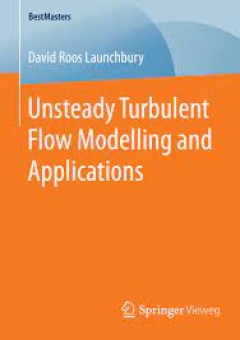
Unsteady Turbulent Flow Modelling and Applications
The master thesis of David Roos Launchbury deals with the implementation and validation of a numerical solver for incompressible large eddy simulation (LES) with heat transfer in OpenFOAM. Academic and industrial cases, ranging from flow between parallel plates to film cooling, are investigated utilising existing and newly-implemented turbulence models. Simulations using no turbulence models, i…
- Edition
- -
- ISBN/ISSN
- 978-3-658-11912-6
- Collation
- -
- Series Title
- -
- Call Number
- -
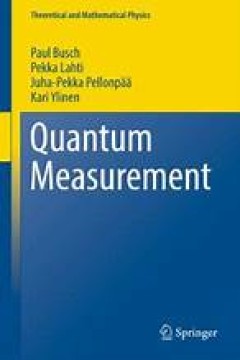
Quantum Measurement
This is a book about the Hilbert space formulation of quantum mechanics and its measurement theory. It contains a synopsis of what became of the Mathematical Foundations of Quantum Mechanics since von Neumann’s classic treatise with this title. Fundamental non-classical features of quantum mechanics—indeterminacy and incompatibility of observables, unavoidable measurement disturbance, entan…
- Edition
- 1
- ISBN/ISSN
- 978-3-319-43389-9
- Collation
- Mathematical
- Series Title
- Theoretical and Mathematical Physics
- Call Number
- 510

Asymptotic Solutions of Strongly Nonlinear Systems of Differential Equations
The book is dedicated to the construction of particular solutions of systems of ordinary differential equations in the form of series that are analogous to those used in Lyapunov’s first method. A prominent place is given to asymptotic solutions that tend to an equilibrium position, especially in the strongly nonlinear case, where the existence of such solutions can’t be inferred on the bas…
- Edition
- 1
- ISBN/ISSN
- 978-3-642-33817-5
- Collation
- Mathematics
- Series Title
- -
- Call Number
- 510
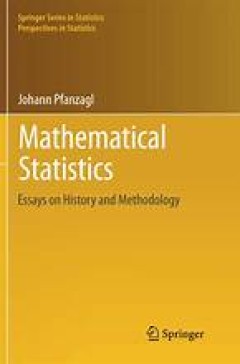
Mathematical Statistics
This book presents a detailed description of the development of statistical theory. In the mid twentieth century, the development of mathematical statistics underwent an enduring change, due to the advent of more refined mathematical tools. New concepts like sufficiency, superefficiency, adaptivity etc. motivated scholars to reflect upon the interpretation of mathematical concepts in terms of t…
- Edition
- 1
- ISBN/ISSN
- 978-3-642-31084-3
- Collation
- Mathematics
- Series Title
- Springer Series in Statistics
- Call Number
- 510
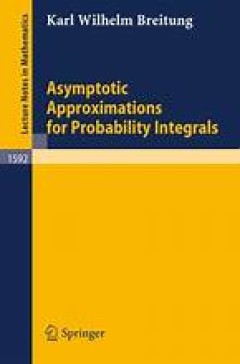
Asymptotic Approximations for Probability Integrals
This book gives a self-contained introduction to the subject of asymptotic approximation for multivariate integrals for both mathematicians and applied scientists. A collection of results of the Laplace methods is given. Such methods are useful for example in reliability, statistics, theoretical physics and information theory. An important special case is the approximation of multidimensional n…
- Edition
- 1
- ISBN/ISSN
- 978-3-540-49033-3
- Collation
- Mathematical
- Series Title
- -
- Call Number
- 510
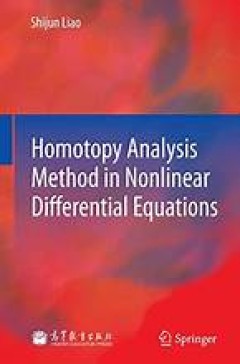
Homotopy Analysis Method in Nonlinear Differential Equations
"Homotopy Analysis Method in Nonlinear Differential Equations" presents the latest developments and applications of the analytic approximation method for highly nonlinear problems, namely the homotopy analysis method (HAM). Unlike perturbation methods, the HAM has nothing to do with small/large physical parameters. In addition, it provides great freedom to choose the equation-type of linear s…
- Edition
- 1
- ISBN/ISSN
- 978-3-642-25132-0
- Collation
- Mathematical
- Series Title
- -
- Call Number
- 510
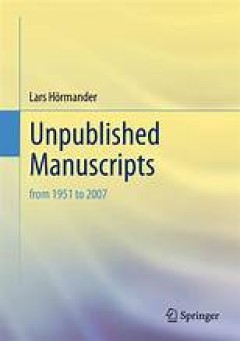
Unpublished Manuscripts
This book presents, for the first time, the unpublished manuscripts of Lars Hörmander, written between 1951 and 2007. Hörmander himself organised the manuscripts and also wrote the notes explaining their origins, presenting the material in the form he fully intended it to be published in. As his daughter, Sofia Broström, mentions in the Foreword, towards the end of his life, Hörmander "care…
- Edition
- 1
- ISBN/ISSN
- 978-3-319-69850-2
- Collation
- Mathematics
- Series Title
- -
- Call Number
- 510
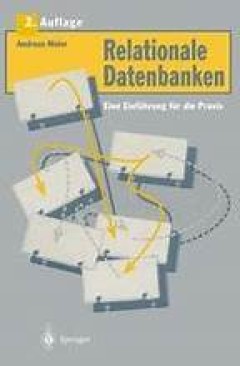
Relationale Datenbanken
- Edition
- 1
- ISBN/ISSN
- 978-3-662-22380-2
- Collation
- Business Mathematics,
- Series Title
- -
- Call Number
- 650
- Edition
- 1
- ISBN/ISSN
- 978-3-662-22380-2
- Collation
- Business Mathematics,
- Series Title
- -
- Call Number
- 650

The Real and the Complex: A History of Analysis in the 19th Century
This book contains a history of real and complex analysis in the nineteenth century, from the work of Lagrange and Fourier to the origins of set theory and the modern foundations of analysis. It studies the works of many contributors including Gauss, Cauchy, Riemann, and Weierstrass. This book is unique owing to the treatment of real and complex analysis as overlapping, inter-related subject…
- Edition
- 1
- ISBN/ISSN
- 978-3-319-23715-2
- Collation
- Mathematics
- Series Title
- Springer Undergraduate Mathematics Series
- Call Number
- 510
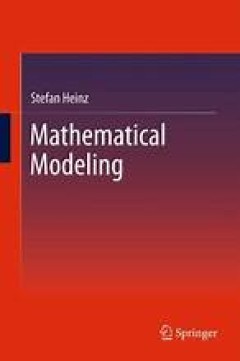
Mathematical Modeling
The whole picture of Mathematical Modeling is systematically and thoroughly explained in this text for undergraduate and graduate students of mathematics, engineering, economics, finance, biology, chemistry, and physics. This textbook gives an overview of the spectrum of modeling techniques, deterministic and stochastic methods, and first-principle and empirical solutions. Complete range: Th…
- Edition
- 1
- ISBN/ISSN
- 978-3-642-20311-4
- Collation
- Mathematical
- Series Title
- -
- Call Number
- 510
 Computer Science, Information & General Works
Computer Science, Information & General Works  Philosophy & Psychology
Philosophy & Psychology  Religion
Religion  Social Sciences
Social Sciences  Language
Language  Pure Science
Pure Science  Applied Sciences
Applied Sciences  Art & Recreation
Art & Recreation  Literature
Literature  History & Geography
History & Geography